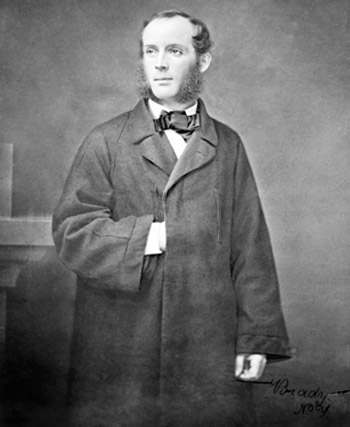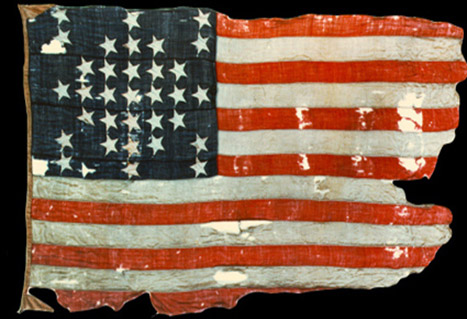The era shifts to the arts and literature of ancient Greece and Rome. Creativity and imagination bring achievements. Humanist scholars concerned about mankind are exalted. Painters begin to use worldly images in their work. Literacy among the secular world begins when the printing press is invented in Europe in the 15th century. North America is a beneficiary. See the recreated Gutenberg printing press at The International Printing Museum.
Frederick Edwin Church (1826 - 1900) is born in Hartford, Connecticut. Church’s neighbor is Daniel Wadsworth, the founder of the Wadsworth Atheneum Museum of Art, in Hartford. When Wadsworth hears eighteen-year-old Frederic is serious about becoming a painter, instead of joining his father’s insurance business, he asks Thomas Cole, whose paintings grace his museum, to take Freddie under wing.
Cole is also the founder of the Hudson River School (not an actual school) but a philosophy of painting. He is proud that his student becomes the second generation of his fraternity of ten landscape painters. Two years of perfecting his natural talent, Cole characterizes Frederick, as having the finest eye for drawing in the world.
Church is the youngest to be elected to the National Academy of Design in New York City. He sells his first major work to the Wadsworth and he becomes one of the leaders of the Hudson River School.
By the age of fifty-one, inflammatory Rheumatism permanently cripples Church's right hand and he is compelled to put his brushes down.

Renaissance, American Romantic movement (1825 -1875) The American Civil War begins two weeks before the scheduled debut of Church’s painting of Fort Sumter, in North Carolina, in 1861.
The fort's central flagpole is knocked down, on April 13, raising doubts among Confederates about whether the fort is ready to surrender.
Church renames his masterpiece Icebergs: The North. The painting signals the artist's support for the northern cause.
Church also pledges exhibition fees to assist the Union's Patriotic Fund for the families of Union soldiers.
People are willing to pay 25 cents to enjoy the vicarious experience of seeing Earth's extremity depicted in Church’s painting of The Icebergs.
Go on to Describe, Analyze, Interpret & Conclude. Contact me for help.

The Icebergs (1861.Oil on canvas. 65 x 113 in. (164 x 286 cm.) is evidence of Church’s journey to the north Atlantic between Labrador and Greenland, with Thomas Cole’s biographer, the Reverend Louis Legrand Noble.
Church journeys with Thomas Cole's biographer, the Rev. Louis Legrand Noble, to the north Atlantic between Labrador and Greenland, to sketch icebergs.
True to the Hudson River School's philosophy, Church paints The Icebergs to stress the enduring qualities of nature, with less attention on man and his creations. The fraternity of landscape painters coin the name Hudson River School for the scenic areas around the Hudson River, in upstate New York that they love to paint.
Notice the fragile remains of a ship in Foreground, and another remnant nearby, in comparison to the vast surrounding space. These images illustrate the Hudson River School’s philosophy.
American painters expand upon the Renaissance technique of Atmospheric Perspective. In the mid-1950s, the new style you see, as a luminous glow, is named Luminism by John Baur, Director of the Whitney Museum of American Art, in New York City.
The Hudson River School leaves its mark in the use of direct warm reflected light and ethereal colors. The painting exhibits in New York, Boston, and London to nurture the 19th century public fascination with the Artic.